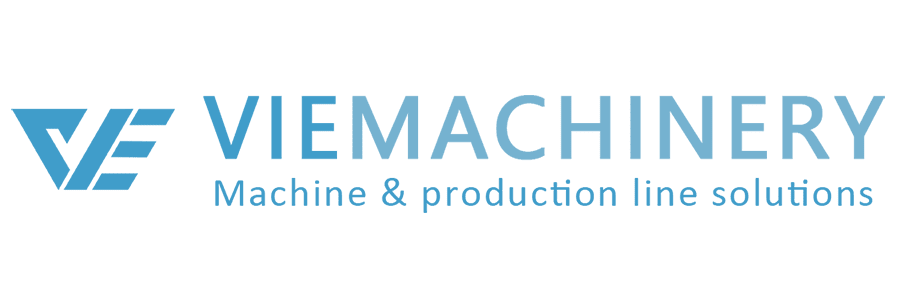Flexo printing machines are a cornerstone of modern label printing, renowned for their efficiency, flexibility, and ability to produce vibrant colors. These machines are essential in the high-speed, high-volume printing industry, offering a range of features that cater to diverse printing needs. In this article, we’ll delve into the specifics of flexo printing machines, highlighting their advantages, unique models, and common applications.
Understanding Flexo Printing Machines
What is Flexo Printing?
Flexo printing, short for flexographic printing, utilizes flexible plates and anilox rollers to transfer ink onto various substrates. This method is particularly favored for its ability to handle high-speed and high-volume tasks efficiently. Flexo printing is versatile, accommodating a wide range of materials including paper, plastics, and metallic films.
The Mechanics of Flexo Printing
At the core of flexo printing are the flexible plates and anilox rollers. The plates are usually made of rubber or photopolymer, and they carry the image to be printed. The anilox rollers transfer a precise amount of ink to these plates, ensuring consistent and vibrant color output. This setup allows for quick setup times and minimal waste, making flexo printing a cost-effective solution.
Advantages of Flexo Printing
Flexo printing offers several key advantages:
- High-speed production
- Ability to print on various substrates
- Cost-effective for large print runs
- Vibrant and consistent color production
- Quick setup and minimal waste
Popular Flexo Printing Machine Models
VFP Model
The VFP model is celebrated for its stability and high-speed printing capabilities. It is designed to handle different materials such as woven labels and paper rolls. With its robust construction and reliable performance, the YS-RB3 is ideal for businesses requiring consistent high-quality output.
VLP Model
The VLP model emphasizes modern flexographic printing processes using flexible relief plates. This model stands out for its precision and ability to produce detailed prints, making it a preferred choice for intricate label designs. It also supports a wide range of substrates, enhancing its versatility.
Comparing Different Models
When choosing a flexo printing machine, it’s essential to consider the specific needs of your printing tasks. Here are some factors to compare:
- Printing speed
- Print width
- Color capabilities
- Material compatibility
- Ease of operation and maintenance
Applications of Flexo Printing Machines
Label Printing
Flexo printing is particularly popular in the label printing industry due to its ability to produce high-quality, colorful labels quickly and efficiently. This makes it ideal for products that require eye-catching packaging, such as food and beverage items, cosmetics, and household products.
Flexible Packaging
Another significant application of flexo printing machines is in flexible packaging. This includes printing on plastic films, foil, and other flexible materials used for packaging. The ability to print on various substrates with consistent quality makes flexo printing indispensable in this sector.
Corrugated Containers
Flexo printing is also used for printing on corrugated containers, providing durable and vibrant prints that can withstand the rigors of shipping and handling. This application is crucial for ensuring that branding and product information remain intact throughout the supply chain.
FAQ
What materials can flexo printing machines handle?
Flexo printing machines can handle a wide variety of materials, including paper, plastic films, metallic foils, and corrugated cardboard. This versatility makes them suitable for numerous applications, from label printing to flexible packaging.
How does flexo printing compare to digital printing?
Flexo printing is generally more cost-effective for high-volume print runs due to its high-speed capabilities and low per-unit cost. Digital printing, on the other hand, is better suited for short runs and offers greater flexibility for variable data printing.
What factors should I consider when choosing a flexo printing machine?
When selecting a flexo printing machine, consider factors such as printing speed, print width, color capabilities, material compatibility, and ease of operation and maintenance. Assessing these factors will help you choose a machine that best meets your specific printing needs.
Is flexo printing environmentally friendly?
Flexo printing can be environmentally friendly, especially when using water-based inks and recyclable substrates. Additionally, the process generates minimal waste compared to other printing methods, contributing to its eco-friendliness.
Can flexo printing machines produce high-quality prints?
Yes, flexo printing machines are capable of producing high-quality prints with vibrant colors and fine details. Advances in technology have enhanced the precision and consistency of flexo printing, making it suitable for even the most demanding print jobs.
In conclusion, flexo printing machines are a versatile and efficient solution for high-speed, high-volume printing tasks. With various models offering unique features, businesses can find a flexo printing machine that perfectly matches their needs. Whether it’s for label printing, flexible packaging, or corrugated containers, flexo printing delivers consistent quality and vibrant colors, making it an indispensable part of the printing industry.

